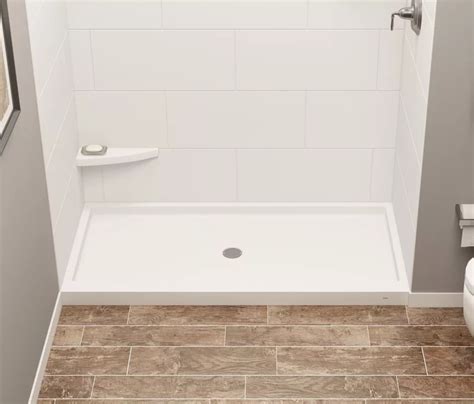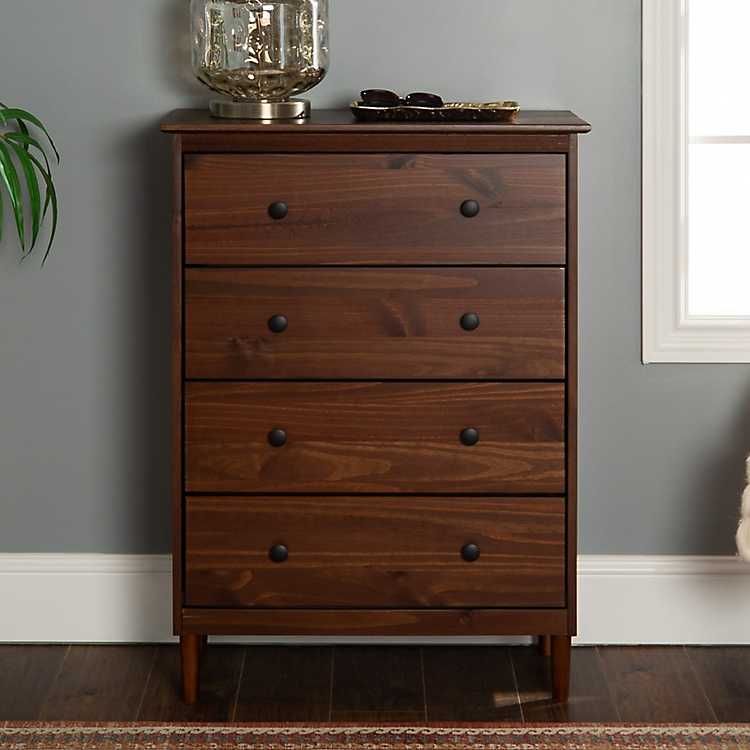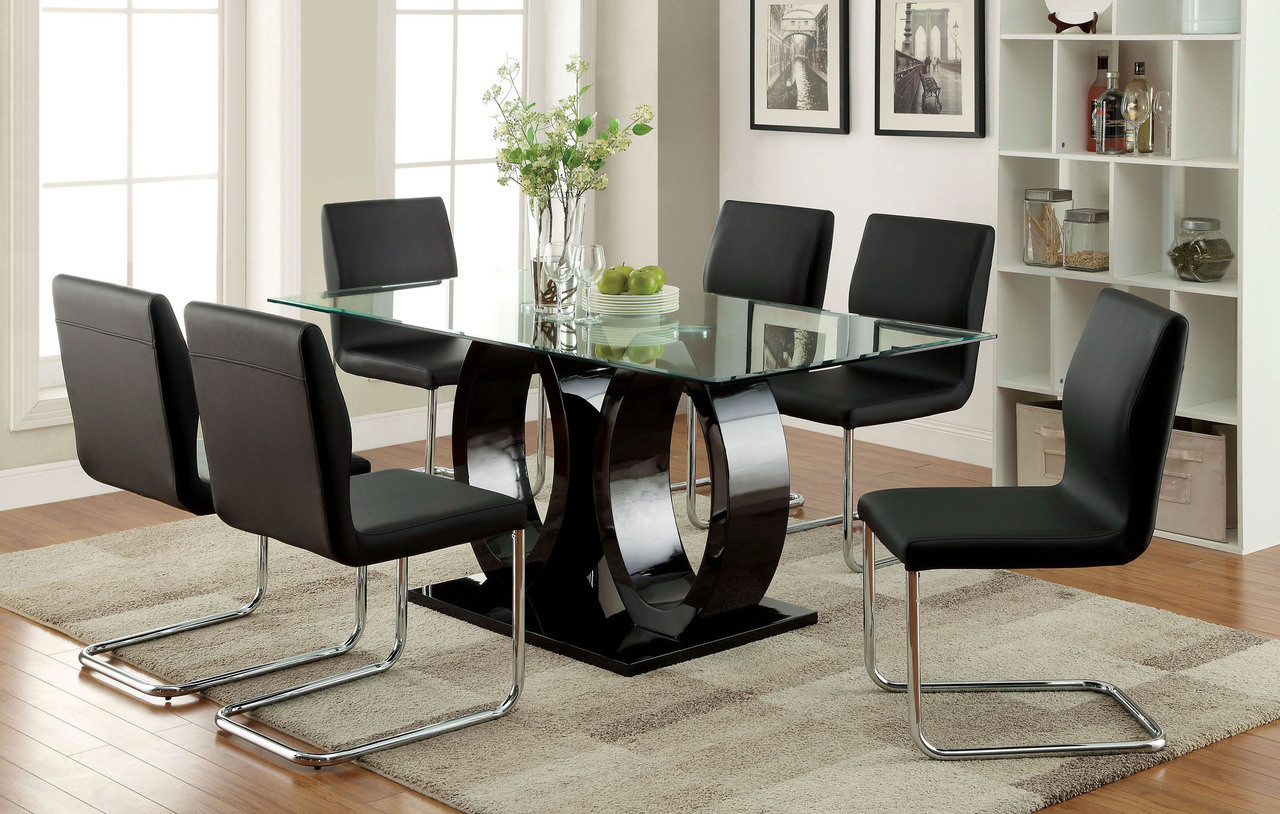Choosing the right flooring for your hallway is essential, not only for aesthetic reasons but also for functionality. Hallways experience a high amount of foot traffic, which means the flooring needs to withstand wear and tear while also enhancing the overall design of your home. Vinyl flooring has become a popular choice due to its durability, affordability, and versatility. This article will guide you through the process of selecting the perfect vinyl flooring for your hallway, covering key considerations, styles, and maintenance tips.
Understanding the Benefits of Vinyl Flooring
Before diving into the selection process, it’s important to understand the numerous advantages of vinyl flooring:
- Durability: Vinyl is designed to resist scratches, dents, and stains, making it ideal for high-traffic areas like hallways.
- Water Resistance: Most vinyl flooring options are waterproof, which is beneficial in case of spills or moisture buildup.
- Variety of Styles: Vinyl flooring comes in various colors, patterns, and textures, allowing you to choose a style that complements your home.
- Easy Installation: Many vinyl flooring products are designed for easy DIY installation, saving you money on labor costs.
- Comfort: Vinyl flooring is softer underfoot compared to harder materials like tile or hardwood, providing additional comfort.
Key Considerations for Choosing Vinyl Flooring
When selecting vinyl flooring for your hallway, several factors should influence your decision:
1. Traffic Level

Consider the amount of foot traffic your hallway receives. A busy household with kids and pets will require more durable flooring. Look for vinyl planks that have a higher wear layer (20 mil or more) for optimal durability.
2. Style and Aesthetic
The style of your hallway can greatly influence your choice of vinyl flooring. Here are some popular styles to consider:
- Wood-Look Vinyl: Mimics the appearance of hardwood but offers greater durability and easier maintenance.
- Tile-Look Vinyl: Provides the elegance of tile without the coldness and hardness, ideal for a sophisticated look.
- Patterned Vinyl: Adds a unique touch with bold designs, perfect for making a statement in your hallway.
3. Color Scheme
Choose colors that harmonize with your existing decor. Light colors can make a narrow hallway appear more spacious, while darker shades can add warmth and coziness. Consider the following:
- Light Shades: Creams, whites, and light grays can create an airy feel.
- Medium Shades: Beige and taupe provide a balanced look, easy to match with various decor styles.
- Dark Shades: Charcoal and rich browns can add depth and sophistication.
4. Texture and Finish
The texture of the vinyl flooring can affect both the look and feel. A textured finish can help hide dirt and scratches, while a smooth finish may provide a more contemporary look. Consider how the texture will play into your hallway’s design.
Types of Vinyl Flooring
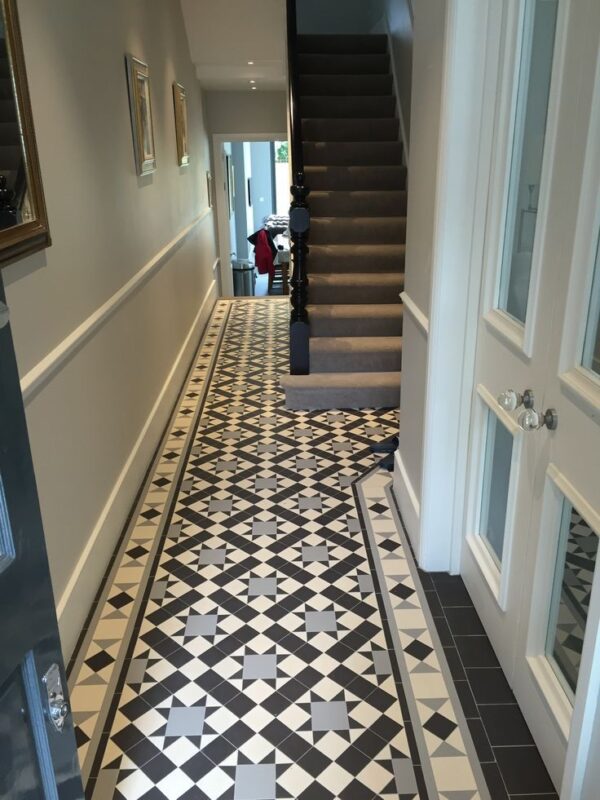
There are several types of vinyl flooring to choose from, each with its own benefits:
1. Vinyl Plank Flooring
This type replicates the look of hardwood, making it a popular choice for hallways. It is available in various sizes and can be installed as click-lock or glue-down options.
2. Vinyl Tile Flooring
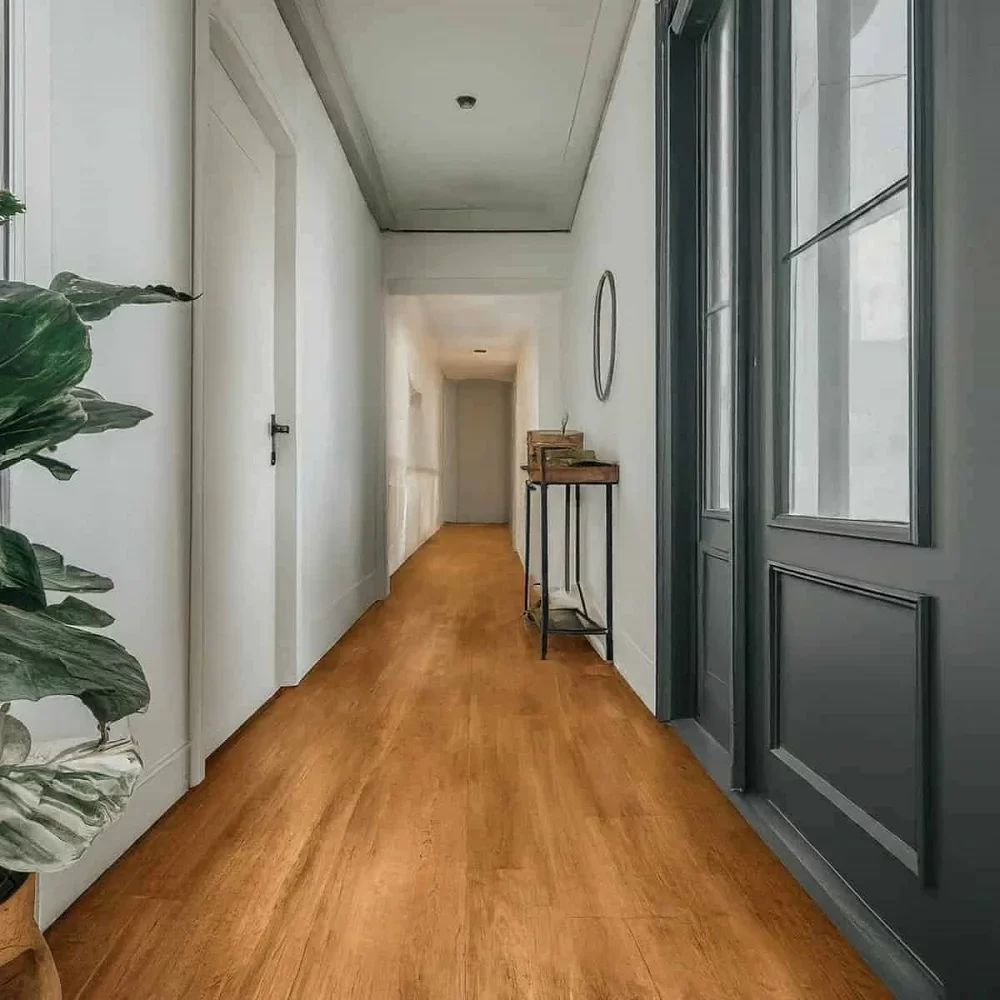
Vinyl tiles give the appearance of ceramic or stone tiles and are versatile in design. They can be installed in various patterns to create a unique look.
3. Sheet Vinyl Flooring
Sheet vinyl is a large, continuous piece of vinyl that covers the entire floor space. It is ideal for reducing seams and providing a waterproof barrier, making it easy to clean and maintain.
Installation Options
When it comes to installation, you have several options based on your skill level and budget:
1. DIY Installation
If you’re handy, many vinyl flooring products come with click-lock mechanisms, making it relatively easy to install without professional help.
2. Hiring a Professional
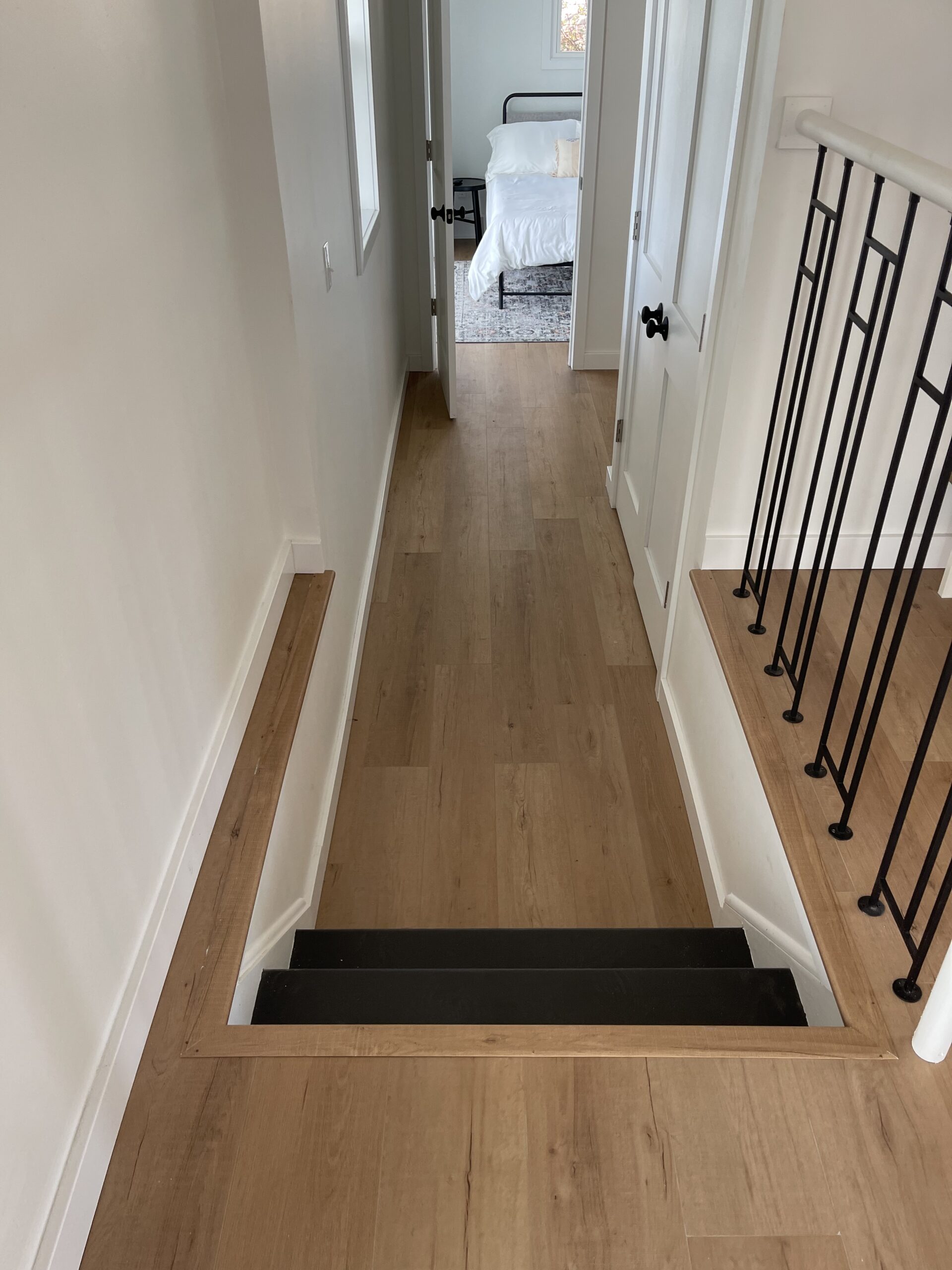
For a polished look, consider hiring a professional installer, especially for complex patterns or large areas. This can save time and ensure that the flooring is installed correctly.
Maintenance Tips for Vinyl Flooring
Once you’ve chosen and installed your vinyl flooring, maintaining it is crucial for longevity:
- Regular Cleaning: Sweep or vacuum regularly to remove dirt and debris. Use a damp mop with a gentle cleaner to keep it looking fresh.
- Avoid Harsh Chemicals: Steer clear of abrasive cleaners, as they can damage the finish of your vinyl flooring.
- Use Mats: Place mats at the entrance of your hallway to reduce dirt and moisture tracked in from outside.
Case Studies and Statistics
According to a study by the National Wood Flooring Association, 60% of homeowners prefer the look of hardwood, yet many are opting for vinyl due to its practicality and affordability. Case studies also indicate that homes with vinyl flooring can see up to a 10% increase in resale value, especially when high-quality products are used.
For instance, a recent renovation in a suburban home involved replacing old carpet in the hallway with high-quality vinyl planks. Feedback from potential buyers was overwhelmingly positive, highlighting the modern look and ease of maintenance as key selling points.
Choosing the perfect vinyl flooring for your hallway involves careful consideration of several factors, including traffic levels, style, color scheme, and maintenance needs. With its durability, water resistance, and variety of styles, vinyl flooring is an excellent choice for high-traffic areas. Whether you opt for vinyl planks, tiles, or sheets, ensure that your selection complements your home’s aesthetic while providing the functionality you need. Remember to prioritize maintenance to keep your flooring looking its best for years to come. By following these guidelines, you can create a beautiful and welcoming hallway that enhances your home’s overall appeal.
